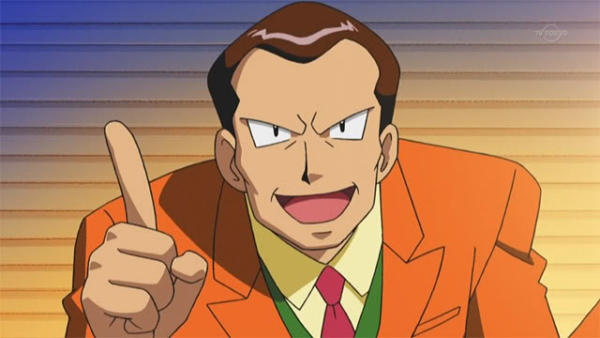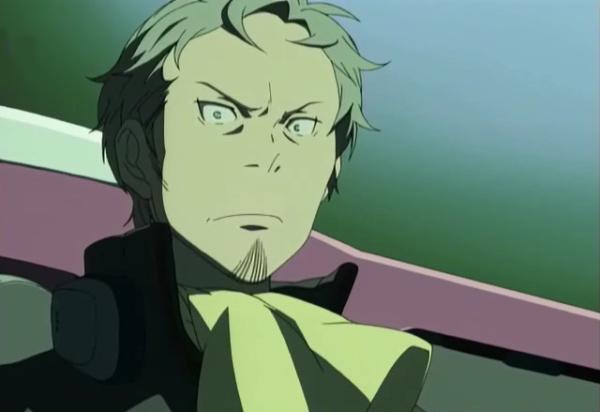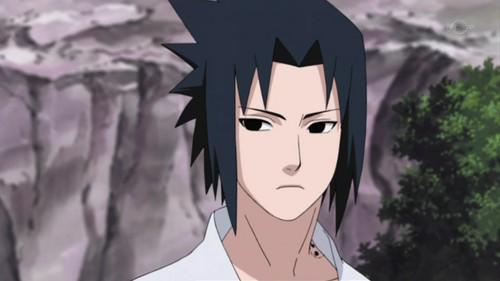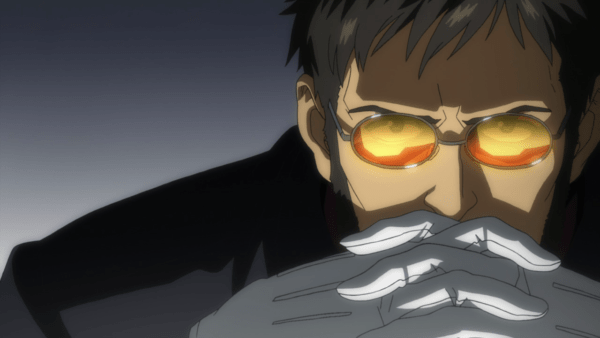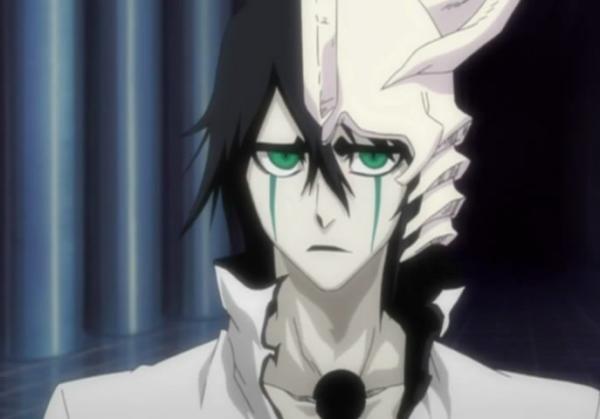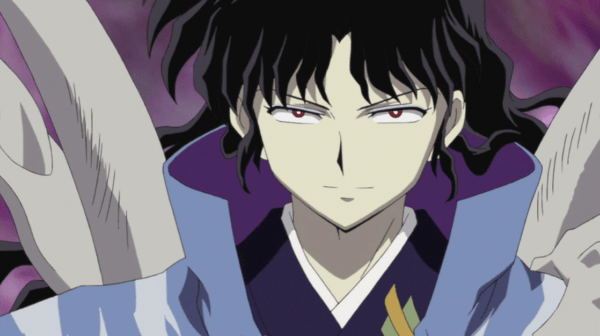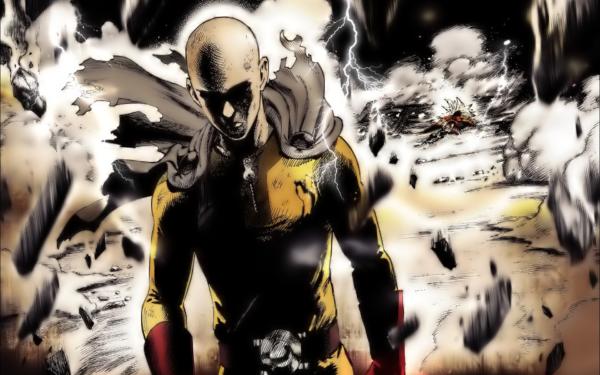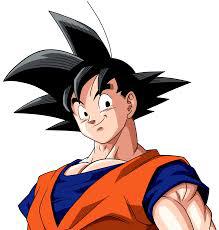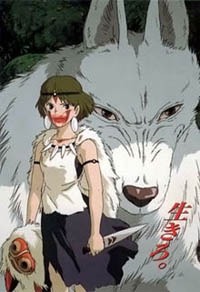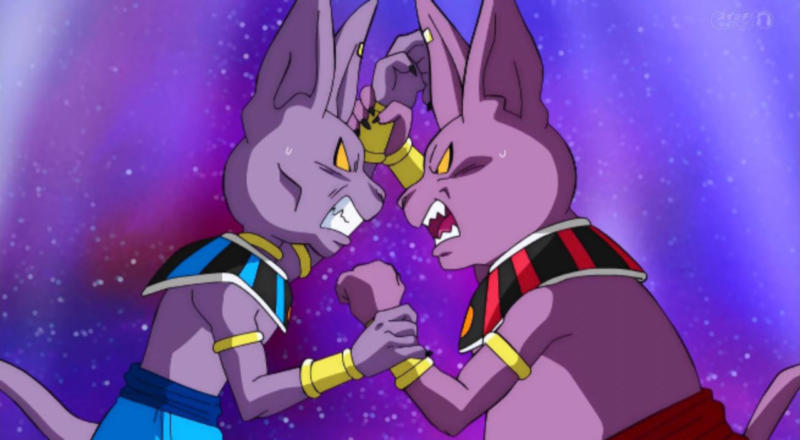Villains move stories. They motivate and challenge the hero. Strong villains require the hero to grow in fortitude and strength in order to confront them. Most stories require the hero to grown in power. Think of how Goku must train to get stronger in Dragonball Z. But villains can also challenge the hero to grow spiritually. Sometimes these villains become friends after the hero reaches a maturity level. Vegeta of DBZ, for example. Heroes react to what the antagonist does. Few heroes are truly proactive. Most of the time, they struggle to repair or survive the fallout the goal-driven antagonist creates.
This list contains typical villains and a few that may surprise you. Perhaps it would be better to call these characters antagonists. Not all of them are pure villains. No list can be conclusive. This merely includes a few villains that I enjoyed in various stories.
Giovanni – Pokemon
Giovanni leads Team Rocket, a group of Pokemon thieves that pester Ash and friends. He doesn’t appear often in the series, but he is always pressuring Team Rocket to perform. Giovanni had a childhood passion for Pokemon similar to the series’ protagonists. Over time, his passion morphed into an underground trade of stealing and selling Pokemon. He acts as a warning for how a hero can go astray. In the Pokemon games, his various criminal organizations pester you. Giovanni stands as the final Gym Leader before you challenge the Elite Four.
Holland Novak – Eureka Seven
Holland acts as more an antagonist than a villain. He’s on the side of the good guys, but his behavior toward Renton in the first half of the anime drives Renton to change. Holland takes out his pent up anger toward Renton’s sister on Renton. Holland’s actions drive Renton to leave the Gekko State, which also endangers Eureka. She sets out after Renton. Eureka Seven’s story is driven by characters more than plot. Because of this, Holland becomes one of the prime movers of the story through his actions. By the second half of the series, his influence has waned. His brother, Dewey Novak takes up the mantle of antagonist. Holland shaped both Renton and Eureka’s personalities through his friendship and through his contention. Holland shows how villains have degrees of antagonism. Even protagonists can take on the role of antagonist. Villainy is sometimes a matter of perspective.
Sasuke Uchiha – Naruto
Sasuke has a frenemy relationship with Naruto before becoming a traditional villain for a time. Traditional villains are ones that do everything in their power to reach their goals. The hero simply tries to stop him or is caught up in the aftermath of the schemes. In Sasuke’s case, his absence acts as one of the prime motivators of Naruto’s behavior. Naruto’s drive to bring Sasuke back to the Hidden Leaf Village directs most of his actions. Sasuke seeks to the avenge the murder of his family, which drives him to be consumed by the desire for power. Naruto’s relationship with Sasuke perhaps deserves the label of antagonist more than Sasuke himself. That relationship drives Naruto one way and Sasuke another. They both seek to improve their abilities partially because of their bond.
Gendo Ikari – Neon Genesis Evangelion
The father is a classic antagonist for heroes. The trope extends back to the first stories shared around fires. The coming of age story requires the hero to surpass his father. In Evangelion, Shinji is forced to follow his father’s puppet strings. Gendo is a cold and distant person, but at times some of his humanity shows through. His ideals drive him to the point where the ends justify the means. Despite his distance he loves Shinji, but he views that love as a source of pain. Like fathers in mythology, Gendo gives his son the means to surpass him. In this case, the EVA. Shinji remains trapped in his father’s web until the end. His father forces Shinji to face stark reality and causes him to retreat further into his cracked psyche. Gendo has a strange way of raising a son. As villains go, Gendo has few peers when it comes to planning and manipulation.
Ulquiorra Cifer – Bleach
In Bleach’s story, Ulquiorra isn’t the main villain. He’s a soldier following Aizen’s orders. However, he acts as a foil for Ichigo. Ichigo, as shonen heroes go, is impetuous, protective, and emotional. Ulquiorra is calculated, aloof, and logical. He cares little for his comrades. He represents a different ethos from Ichigo. Whereas Ichigo fights with heart, Ulquiorra fights out of necessity and duty:
“If this eye cannot see a thing, then it does not exist. That is the assumption under which I have always fought. What is this “heart”? If I tear open that chest of yours, will I see it there? If I smash open that skull of yours, will I see it there?”
Vegeta – Dragonball Z
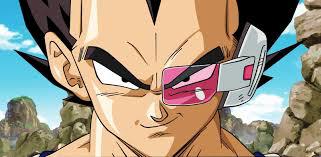
Kasumi Seizō – Samurai Champloo
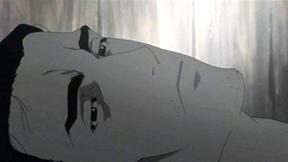
Naraku – Inuyasha
Unlike Kasumi, Naraku is an active villain. He represents the standard villain, the one that opposes the heroes directly. Naraku is a master of manipulation, and he is evil to the core. His selfish desires drive him to disregard all others. He seeks to break the bonds between people in order to turn them against each other. The malice between siblings, between lovers, and between friends taints the Sacred Jewel, which is his goal. When you think about it, he ranks among the most evil villains in anime. He goes out to destroy the relationships, lives, and souls of others for his own gain. He seeks to inflict maximum suffering and hatred instead of seeking to merely kill the heroes like most villains do.
A Bit More On Villains
Villains are the secret ingredient for stories. They set the conditions and environment the hero reacts toward. Most villains are active like Naraku and Vegeta. Sometimes the protagonist’s idea of the villain drives the story, such as Fuu’s idea of her father. Anime has diverse villains, from the father to the beneficial frenemy. Some villains are protagonists that act as a villain toward the story’s hero. Holland is a good example. Villains may drive the entire story or small segments of the story. But their entire job is to challenge the heroes to grow and move forward. Without them, we can’t have stories.
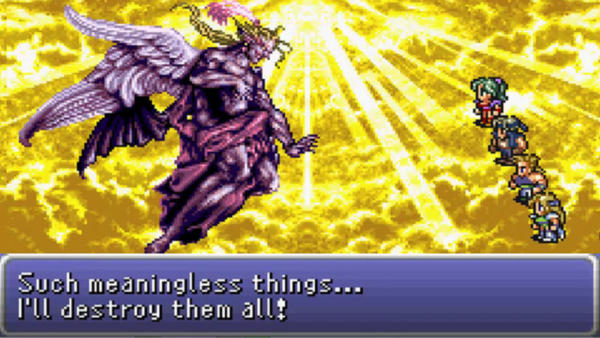
Why do people insist on creating things that will inevitably be destroyed? Why do people cling to life, knowing that they must someday die? …Knowing that none of it will have meant anything once they do?
Why do you build, knowing destruction is inevitable? Why do you yearn to live, knowing all things must die?
In these brief moments of lucidity, you see Kefka’s despair about the reality of impermanence. He despairs about death and being forgotten. All of this reveals a human side and hints that he sees himself as something of a nihilistic savior. He wants to destroy existence itself in order to spare people from its “meaninglessness.” These motives are hidden behind his mad raving about destruction, but these few lines reveal how he had lost hope and hint how he wants to spare people the pain of losing it. “Why do you yearn to live, knowing all things must die?” is a tragic line from a man who achieved ultimate power but remains haunted by his lack of hope and inability to understand it.
Only destruction retains its meaning because it is forever in Kefka’s twisted mind. Yet, because he had attained godhood, he would ultimately remain alone after everything was destroyed, leaving his suicide as the final act of destruction.
Motives aside, Kefka drives the story forward in a powerful way. He unites the first and second half of the game. The heroes must react to his goal. Strong villains create strong heroes. This is where Tite Kubo goes wrong. His villains, while powerful, lack the threat level of Kefka. Kefka kills millions. Kubo’s villains can’t even kill a single captain of the Soul Society. Think of how much more threatening Aizen would be if he kills the Head Captain, the most powerful being in Bleach’s world. Think of how this could be increased further if Aizen kills the Head Captain as if he was walking on an ant. This threat level forces the hero to ever higher heights. But Bleach’s weak villains make for weak heroes. Yeah, Ichigo has power, but power is not the same as strength. Bleach’s villains lack threat. We know the heroes will win. It is far more provocative when the heroes lose. Kefka wins and destroys the world. The best villains win, leaving the heroes to try to find a way to undo what the villain achieves.
